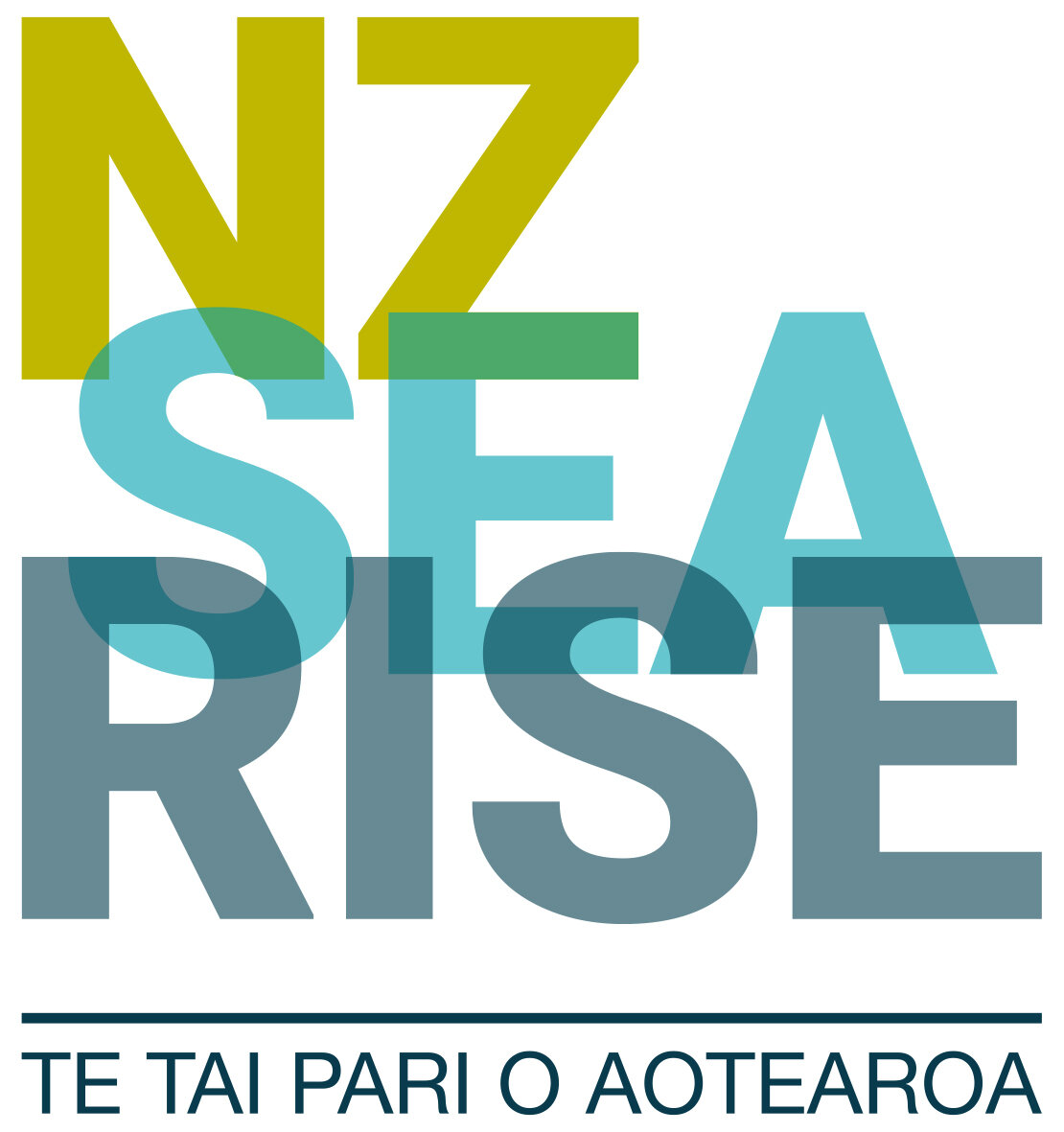Vertical land movement
Vertical land movement has a direct impact on local sea level along coastlines. In New Zealand some areas of the coastline are going up (uplift) and some parts are sinking (subsiding) on a daily, annual and long-term basis, irrespective of earthquakes.
New Zealand, like a number of countries on the “Pacific Ring of Fire”, lies on a dynamic plate boundary and this means our land is always moving. As well as tectonic movement sedimentary basins compact over time and subside. Human influences such as land reclamation and drainage, groundwater extraction, and petroleum reservoir depletion also cause the land to subside. Our research focuses on how the land surface has been moving in between earthquakes and how that land movement will combine with the climate drivers of sea-level rise, to either amplify or reduce its rate and magnitude.
In areas with subsidence, the impacts of sea-level rise are accelerated, and we can expect to experience the impacts of sea-level rise sooner.
Our interactive tool allows you to explore projections of sea-level rise around Aotearoa New Zealand. This is the first-time national projections of sea-level rise have taken into account vertical land movement.
We have not specifically examined coastal sedimentary processes, even though they can mitigate or accelerate coastal inundation. Our projections also do not take into account the large uplift or subsidence seen in major earthquakes.
How did we measure it?
Scientists can measure the amount of vertical land movement using global positioning satellite technology and synthetic aperture radar systems mounted on Earth orbiting satellites such as Envisat and Sentinel. These instruments show us that parts of our coast are going up at a rate of 5 mm every year and others are sinking by as much as 8 mm per year.
Measuring vertical movement along New Zealand’s entire ~15,000 km-long coastline through traditional approaches, such as with tide gauges, is near impossible. To help overcome this problem we have combined spaceborne geodetic observations from interferometric Synthetic Aperture Radar (InSAR) and Global Navigation Satellite Systems (GNSS) to increase both the spatial extent and density of VLM estimates around the entire New Zealand coastline. Read more in our article in the Coastal Society here.
-
Subsidence often happens in low lying areas, or basins, that are usually filled with soft sediment. These sediments compact over time causing the land to sink. This sinking can be accelerated when we pump water out of the basin to use the land for farming and industry or to build houses and airports. These low-lying subsiding regions are the most susceptible to sea level rise. Tectonic driven long-term subsidence is also controlled by processes occurring at the plate boundary. In many parts of New Zealand: Auckland, Hawkes bay, Wairarapa, Wellington, Nelson and Marlborough rates of subsidence are between 2-6mm per year, which is upo two times the rate of global sea-level rise. In these regions the impacts of local sea-level rise will be felt much sooner, and adaptation measures are required today.
-
Areas of land that are going up reduce the effect of global sea level rise and can even cause a local drop in sea level – at least in the short-term. But sea level rise will eventually be higher than the global average in areas that are subsiding due to the accelerated melting of land ice.

